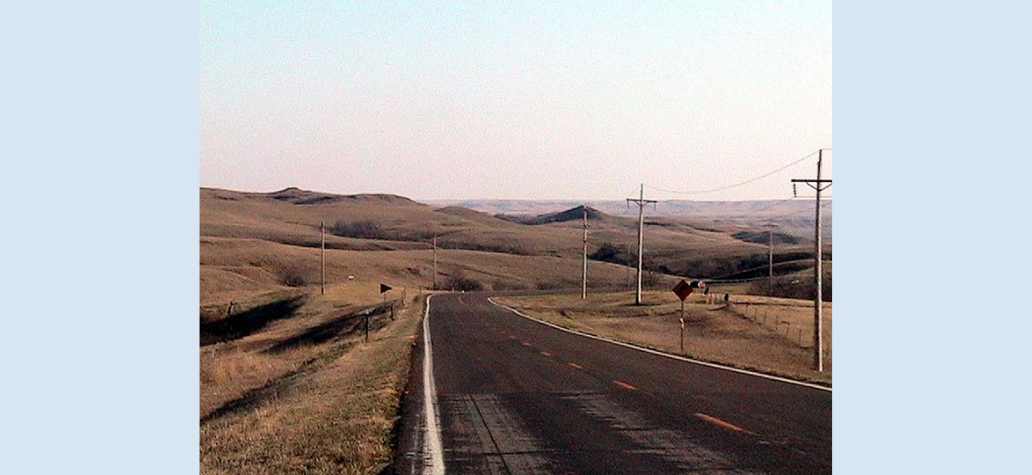Introduction
In the field of financial education, it remains common to see recommendations for historically marginalized populations highlight the need for more financial education. At NEFE, we understand the need for high-quality, effective financial education, informed and delivered from the learner’s perspective and experience, while at the same time acknowledging that education alone is insufficient to overcome historically rooted inequality and financial insecurity.
This is true in unique ways for our Native American and Indigenous neighbors. The need remains high for more well-trained and culturally sensitive educators, timely instruction and vetted program materials relevant to the learner; however, our pursuit of these critical efforts should not overshadow the need to also educate ourselves.
Stephanie Cote’s debut piece as a NEFE visiting scholar raises challenging questions for us and our field to consider. Her work weaves together the words and experiences of Native people and their communities, offering a rich, historical narrative that draws important connections between past injustices and present economic realities.
We believe that understanding the intricacies and nuances of this history will help foster needed discussions in our field that can pave the way for correcting false narratives about the Native community and redefine what effective financial education for Native Americans could be.
A Legacy of Extraction
We recognize that any reckoning with the history of the Native American experience begins with naming the totalizing nature of the extraction and destruction of wealth that resulted from the permanent displacement of indigenous people on the American continent. Its roots run so deep that no organization, including our own, is left untouched by this legacy.
Our offices in downtown Denver sit blocks away from the confluence of Cherry Creek and the South Platte River, the area first settled by Europeans brought West by news that gold had been discovered in the Pikes Peak region. This land where we now gather to do our work is the traditional territory and ancestral homeland of the Cheyenne and Arapahoe peoples, and was also the site of trade, hunting, gathering and healing for many other Native Nations including the Ute, Lakota, Kiowa, Comanche, Apache and Shoshone peoples. More than 48 tribes have called this land home, and many continue to reside here today. Being ever mindful of our place in this history is an important, though insufficient, component of approaching this work.
Stephanie’s words, and the voices of the indigenous community, also compel us to consider how many of the aims traditionally pursued by our field are inextricably linked to this legacy of displacement, as well as to a culture of individualism that is alien to many Native communities. The vision of financial security so often held in the popular imagination – the “American Dream” – was itself the engine of westward expansion carried along, as Stephanie identifies in her first piece, by a belief in the promise of Manifest Destiny.
This was a vision of financial security that destroyed indigenous communities’ ways of life, granting prosperity to one group of people at the expense of another. Future articles in Stephanie’s series will continue to challenge us to name the enduring tension that exists between many elements of traditional financial education models and the communities that have experienced such dispossession at the hands of others.
Looking Ahead
As we continue to champion effective financial education, we remain committed to approaching this work with humility and the knowledge that we have much to learn. Stephanie’s research strengthens our resolve to continue elevating a few key messages for the financial education field.
The first is that financial education is just one of many interventions that contribute to an individual’s financial well-being. This belief is reflected in our Personal Finance Ecosystem which seeks to place financial education in context alongside the many other critical factors that influence financial well-being. Our work is motivated by understanding a social, institutional and legal context, rooted in historic injustice are systemic barriers preventing Native peoples and communities from living their best financial lives. Policy makers, researchers and financial educators must keep these barriers at the forefront of their minds. For our part, we will continue to support and elevate innovative research, tested policy interventions, and high impact strategic partnerships focused on understanding and addressing these systemic challenges.
Stephanie’s time with us as a visiting scholar also provides a critical opportunity to consider how we can advocate for truly centering the Native American experience in our field’s approach to financial education. We know that this must involve a continuous process of unlearning and relearning that “honors Indigenous approaches to knowing the world, recognizing Indigenous land, Indigenous peoples, and Indigenous sovereignty…”1 We value Stephanie’s intentional and purposeful approach to conducting her own research that illustrates a process of knowledge creation that joins her own expertise and experience with that of her community—both past and present.
This process reminds us of how important it is to center Native voices in determining a vision of financial well-being that best upholds their values, and that this must be supported by a financial education curriculum that reflects the goals and pedagogy appropriate from their perspective. Future pieces in Stephanie’s series will detail the difficult history of education-related trauma endured by Native communities as a result of the U.S. boarding school program. We are inspired by what Stephanie describes as a movement to reintegrate indigenous approaches to education as tools of cultural revitalization as well as healing the generational trauma of forced integration into Western society.
As states and localities across the country continue to adopt and implement financial education requirements, policymakers, educators, and practitioners must be fully informed of the historical inequity and generational trauma experienced by Native communities. We are grateful for the opportunity to elevate Stephanie’s voice as we work together to advance effective financial education for all.


